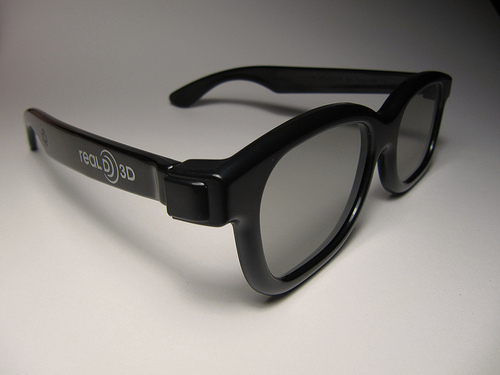ATSC Establishes 3DTV Group

Two more will study future digital and ’Net-connected standards...
PENTAGON CITY, VA.: The Advanced Television Systems Committee is delving into terrestrial 3DTV, Internet-connected broadcast technology and the next-generation DTV standard. The ATSC, which establishes the technology standards for U.S. broadcast television, held its annual meeting last week in Pentagon City, where these latest initiatives were announced.
“As we continue our efforts on the development of standards for mobile DTV, non-real-time applications and ATSC 2.0 activities, we must also lay the foundation for future technologies and standards that will enable new capabilities and services for the broadcast television industry,” said ATSC President Mark Richer.
Three planning teams were appointed to explore the feasibility and market requirements for 3DTV, broadcast Internet TV, and what lies ahead for over-the-air digital content delivery.
The 3DTV team--PT-1--“will analyze and report on the likely benefits and limitations of a standard for terrestrial broadcast delivery of 3DTV,” the ATSC said. Craig Todd, chief technology officer for Dolby Laboratories will serve as chairman.
The Next-Generation Broadcast Television team-PT-2--“will explore potential technologies to be used to define a future terrestrial broadcast digital television standard.” It will be chaired by Jim Kutzner, chief engineer of PBS.
The Internet Enhanced Television team--PT-3--“will consider the opportunities brought about by Internet-connected broadcast receivers.” Rajan Mehta, director of digital television standards and policy & strategy for NBC Universal will chair PT-3.
“With the addition of these new planning teams, the ATSC and its members will be well-positioned to address longer-term strategic goals while continuing our strong focus on immediate industry requirements,” said Wayne C. Luplow, chairman of the ATSC board of directors.
The standards defined by the ATSC work alongside those established by the Society of Motion Picture and Television Engineers. That group is also working on a 3DTV Home Master standard for content producers. Completion is expected this summer.
-- Deborah D. McAdams
See...
January 20, 2010, “3DTV Standards Face Multiple Obstacles”
One candidate for efficient delivery of stereo images was a multivew coding (MVC) extension to MPEG-4/H.264. However, little bandwidth is ultimately preserved--high quality (40 dB) images carried 75 to 100 percent overhead; those of medium quality (33 dB) carried 65 to 98 percent overhead.
Get the TV Tech Newsletter
The professional video industry's #1 source for news, trends and product and tech information. Sign up below.
